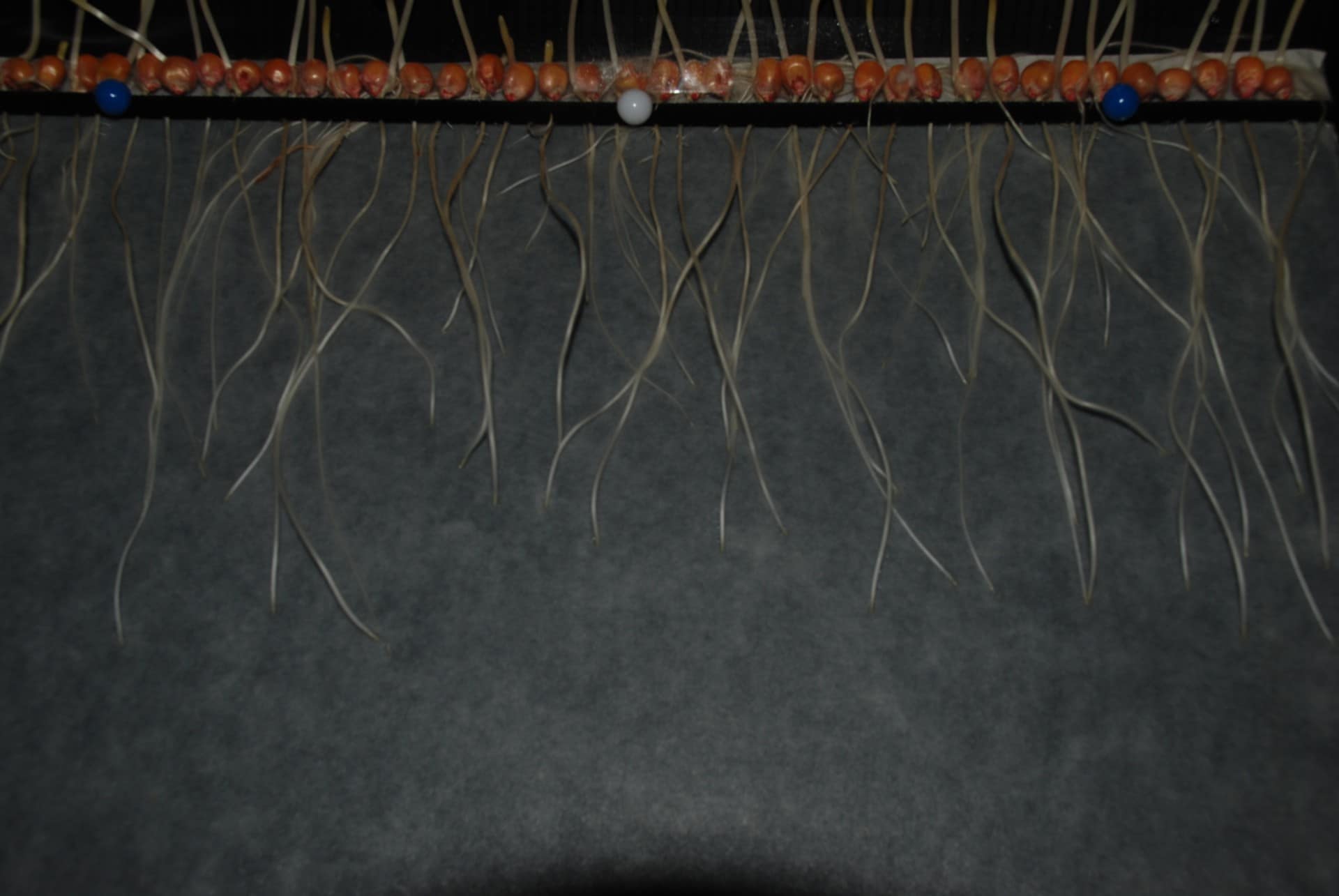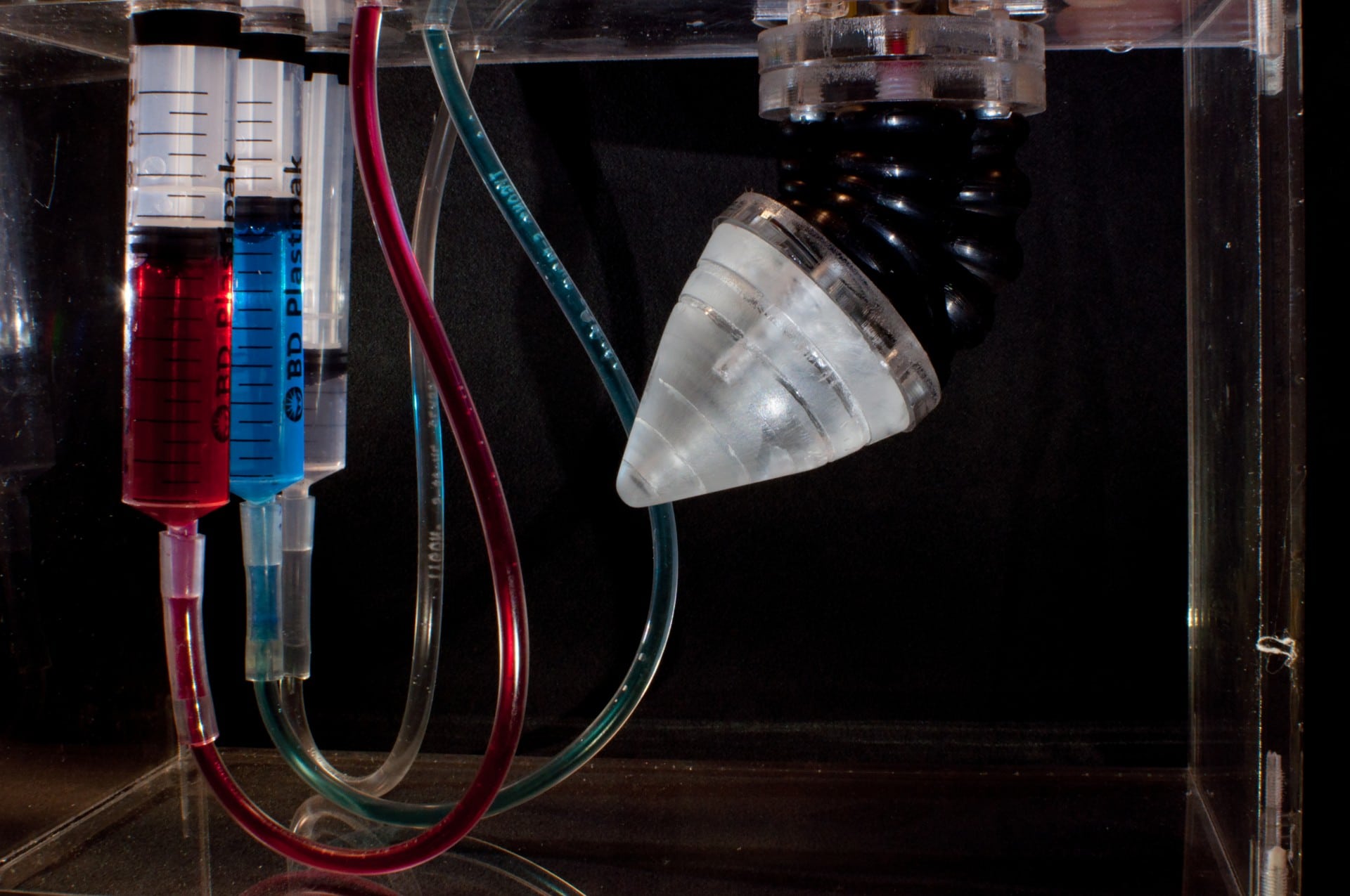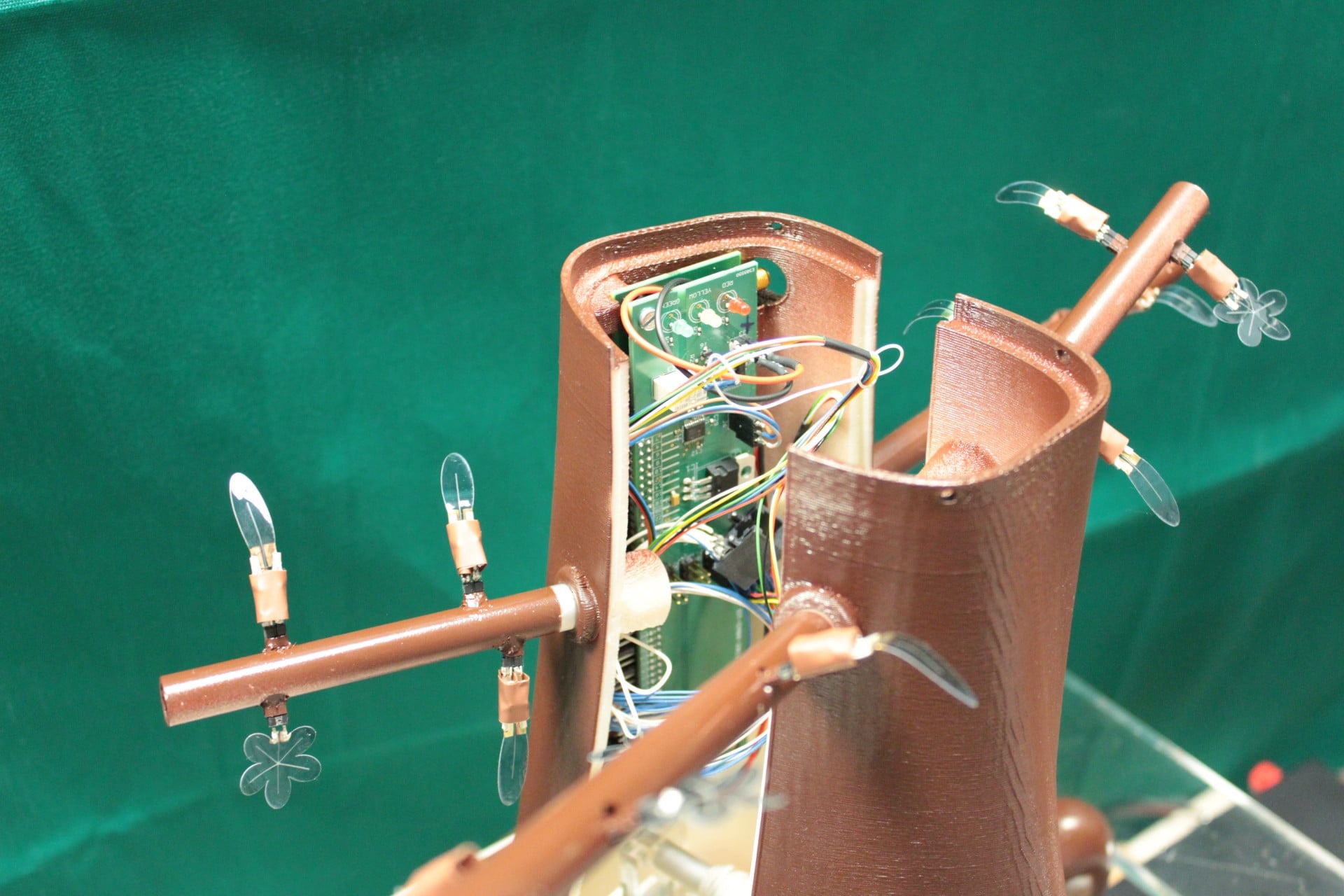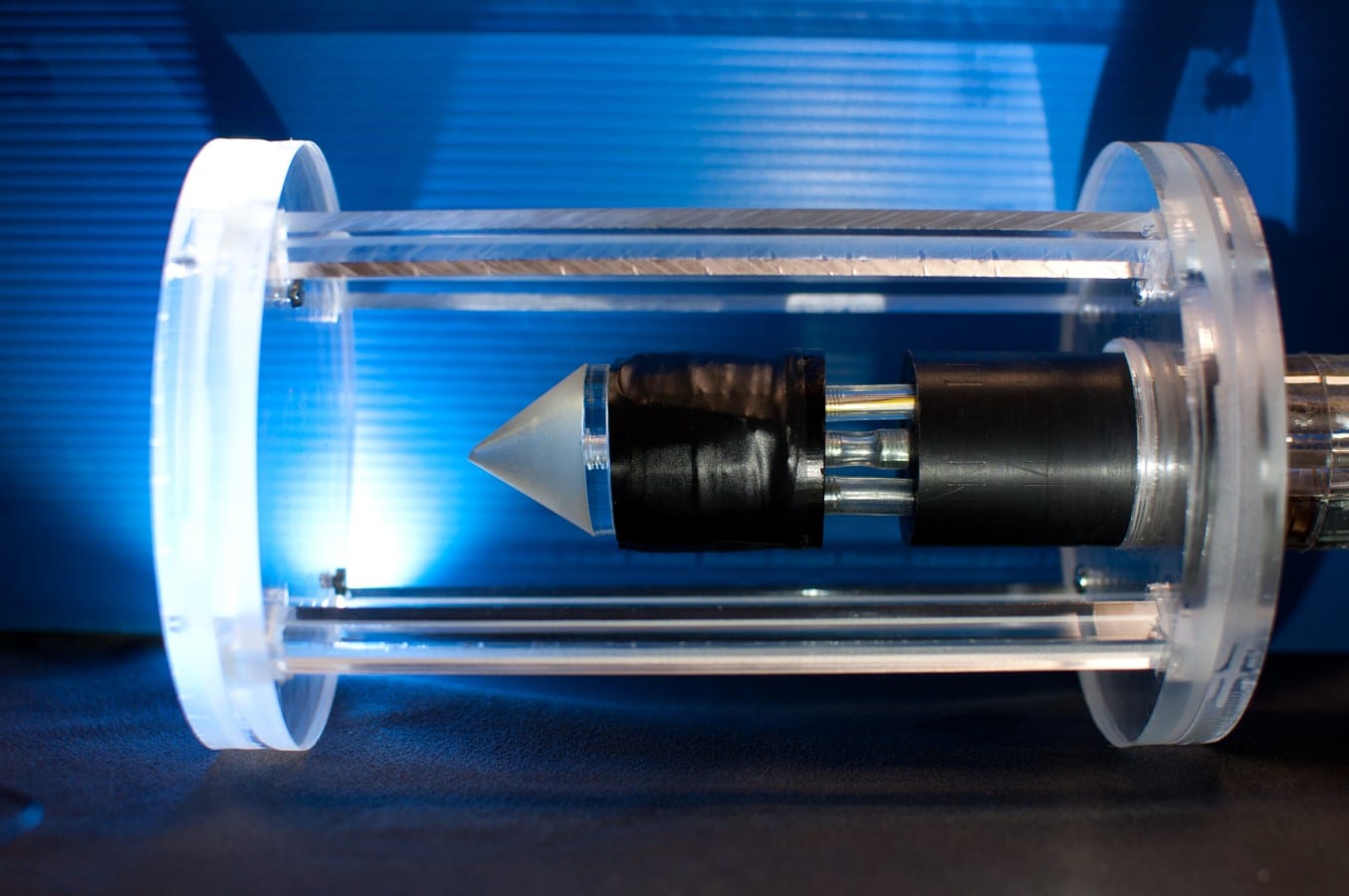Italy (Genova)
Plants are more intelligent than we often give them credit for. Over billions of years of evolution they have had to develop strategies for survival. That’s why Dr Barbara Mazzolai of the Istituto Italiano di Tecnologia is confident that we can solve complex human problems through their biomimicry – the imitation or emulation of natural and biological systems. She is creating creepy-crawly robot plants that grow and act like the real thing.
Mazzolai designs revolutionary robotic techniques that can be used in agriculture, medicine and even space exploration: “There was a lot of scepticism in the research community when I first started to think and propose robots inspired by plants,” she says. “Thanks to the first results obtained, plants have finally started to be considered as a model of inspiration for designing and developing new technologies.”
Mazzolai’s plant-inspired Plantoid robot is the first robot to be used to plant, specifically to plant roots to be used in soil penetration for environmental monitoring. It has a 3D printed ‘trunk’, ‘leaves’ that sense the environment and ‘roots’ that grow and change direction.
The role of a plant’s roots is to look for nutrients and ensure its survival. The Plantoid system mimics their behaviour with sensors for underground exploration and tips that grow by unwinding material and a mechanism to reduce friction when penetrating the soil. The artificial system can detect gravity, water, temperature, touch, pH, nitrate and phosphate.
“Plants respond to stimuli, following gravity for instance, avoiding hard obstacles, or adjusting their path and distribution to look for nutrients,” Mazzolai explains. “We are investigating the strategies taken by roots to decide their growing direction and the way they influence each other. Exploiting adaptive abilities in plants could lead to the development of smart devices, not only able to ‘feel’ (sensors), but also capable of reacting and making decisions.”
Plant-like robots could be uniquely suited to soil monitoring, and in medical and surgical applications, such as flexible endoscopes, which are able to steer and grow in delicate human organs. Other applications include search and rescue exploration on contaminated areas or mineral deposits – whether on earth or other planets.
Plantoid was mapped by Cecilia Laschi in her Soft Robotics AtlasChart Top 5– a trip through the flexible future of soft robotics from Italy to South Korea.
Project leader
Dr Barbara Mazzolai, Istituto Italiano di Tecnologia
Support the Atlas
We want the Atlas of the Future media platform and our event to be available to everybody, everywhere for free – always. Fancy helping us spread stories of hope and optimism to create a better tomorrow? For those able, we'd be grateful for any donation.
- Please support the Atlas here
- Thank you!






